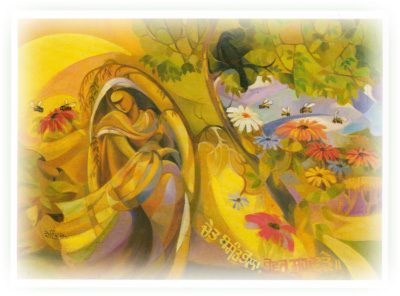BIKRAMI SAMMAT: A Calendar named after a Hindu king Vikramaditya. In Punjabi Vikrami is pronounced as Bikrami. Its abbreviation is Bk. The Hindus calculate their dates as per the Hindu astrology. Some ignorant Sikhs too adhere to this calendar. For a Sikh all the calendars have the same significance. During the time of Guru Sahib, Bikrami Sammat was in practice and now Gregorian calendar is used by the whole of the world.
References :
1. The Sikh Reference Book, Dr Harjinder Singh Dilgeer 1997
Bikrami Sammat, also known as Vikram Samvat, is a traditional Hindu calendar named after King Vikramaditya of Ujjain. It is a lunisolar calendar, meaning it combines lunar months and solar years. Here are some key details:
Historical Significance: The calendar is believed to have been established by King Vikramaditya to commemorate his victory over the Sakas. It has been used historically in the Indian subcontinent and Nepal.
Structure: The Bikrami Sammat calendar consists of 12 months, with names like Chaitra, Vaisakha, and Kartika. It is typically 57 years ahead of the Gregorian calendar, except during January to April, when it is 56 years ahead.
Cultural Usage: While primarily used for religious and cultural purposes in India, it is the official calendar in Nepal, where it governs school sessions, legal contracts, and festivals.
Sikh Context: During the time of the Sikh Gurus, Bikrami Sammat was the prevalent calendar. It is mentioned in Sikh historical texts and was used alongside other calendars like the Islamic and Nanakshahi calendars.







